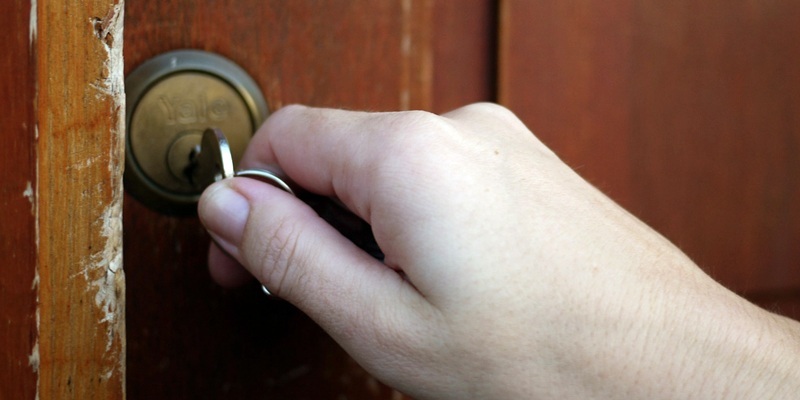The average price of a semi-detached family home in Perthshire is on the up, according to new figures.
Despite worries of a double-dip recession, the area appears to be standing its ground with 475 properties sold in the past seven months.
The news has been welcomed by homeowners, who were worried the region might have followed other parts of Scotland into the doldrums.
The cost of a semi-detached bungalow is up by more than 4% compared to this time last year, at nearly £130,000, while the price of flats and mid-range detached homes has remained stable at £100,000 and £200,000 respectively.
The average villa came in at nearly £250,000, with sales up 5% on last year, despite a slight slip in the average price.
Unlike other areas of the country the average price has held up.
In Perth and Kinross it is now £164,132, just 0.5% down on the figure recorded in July 2010.’Air of realism’Auchterarder resident Wilma Symon said she felt positive about selling her home.
She told The Courier, “I only put my house on the market last week, but have had a good response already.
“I was concerned it might not sell, but the outlook is certainly a lot better than I expected.”
The statistics follow reports that an incredible five house schedules a minute were handed out to potential buyers when the snow started to thaw earlier in the year.
On one day in late March, Perthshire Solicitors Property Centre (PSPC) dealt with 50 prospective customers in just 10 minutes.
PSPC manager Anne Begg said, “As we entered the start of the new year, no-one really knew what lay ahead and 2011 was a year that was hard to call but one that would certainly be led by challenging conditions.
“There has certainly been an air of realism among sellers who know that the process may take longer than usual however, the good news is that homes in all sectors are selling.”
She added, “There is demand out there and insertion levels are also very good.
“Buyers really can explore a range of properties, but for a variety of reasons the market has still not seen a return to the buoyancy which hallmarked the period before the banking crisis kicked-in.”‘Sustained activity’Ms Begg said that pressure was on lenders to make mortgages more accessible to first-time buyers.
From the beginning of January to the end of June 2011, more than 12,000 properties sold across Scotland through the network of solicitors property centres (SPC) Scotland with a total value in excess of £2 billion.
Malcolm Cannon, chairman of SPC Scotland said, “It is the first time that these figures have been collated and they show the high value of property moving throughout the country.
“While there is no denying the levels are below those seen prior to the credit crunch in certain areas, it’s clear that there is sustained activity especially where sellers are setting realistic asking prices and are open to negotiation.
He added, “One factor helping the market is the Scottish approach of missives.
“This places the solicitor at the heart of buying and selling property by creating a binding agreement between buyer and seller as early as possible once a price has been agreed.
“It prevents the long property chains experienced in other regional markets.”
Photo used under Creative Commons licence courtesy of Flickr user Phil Hawksworth.
